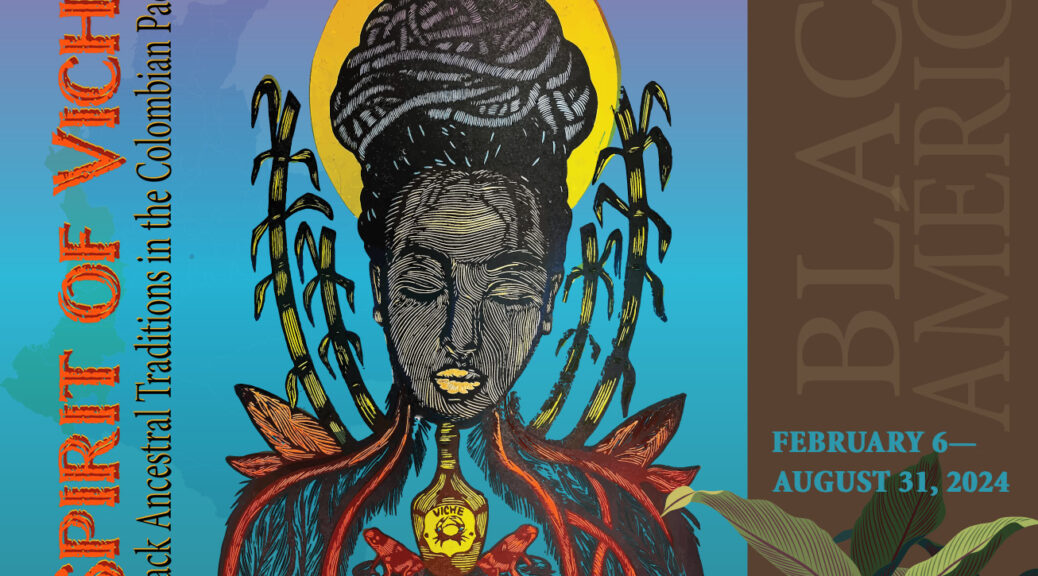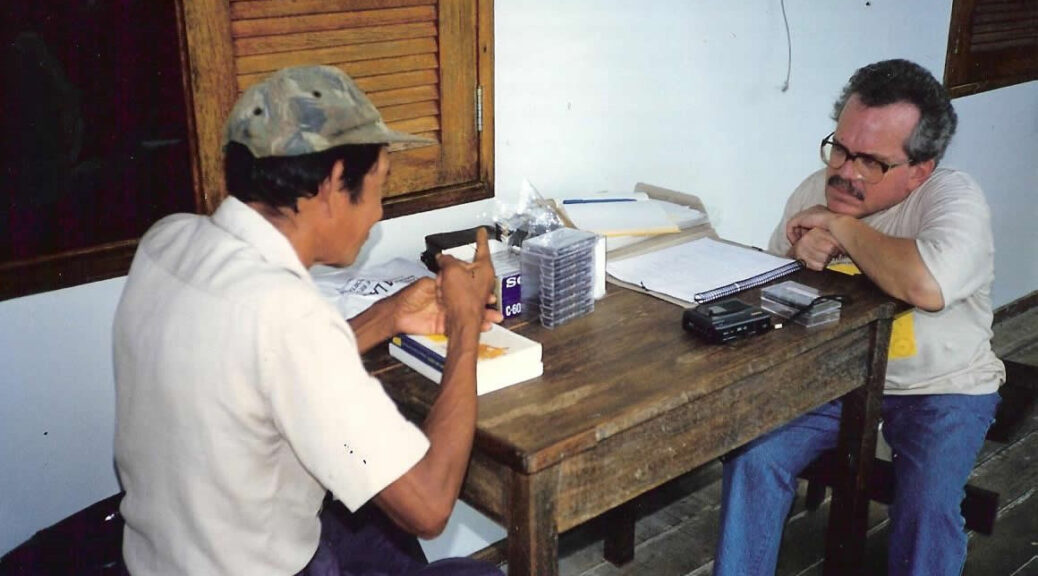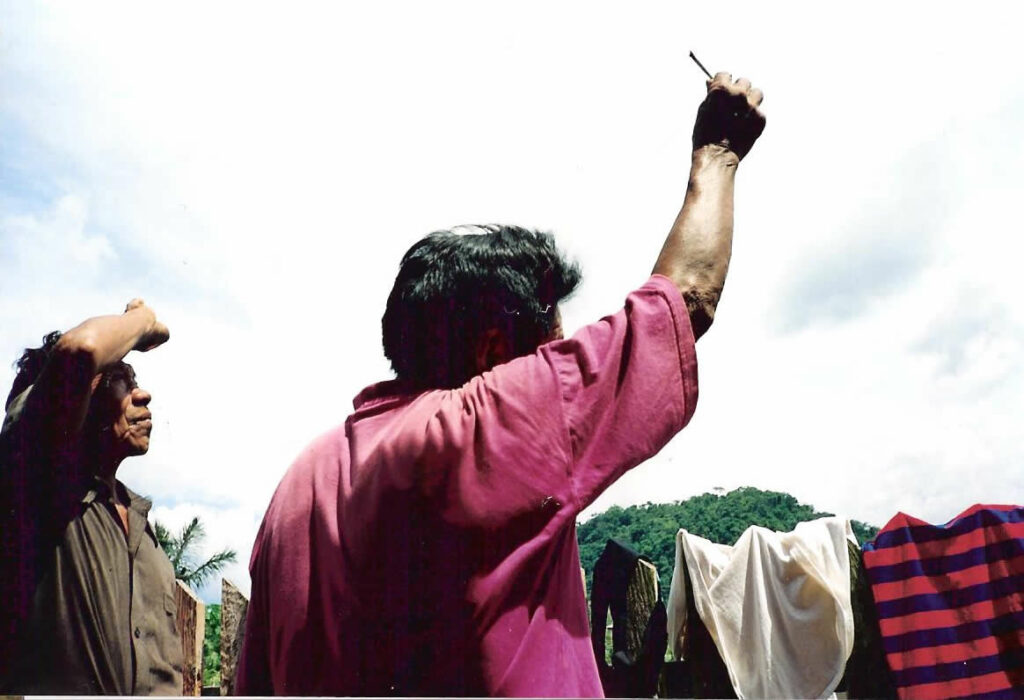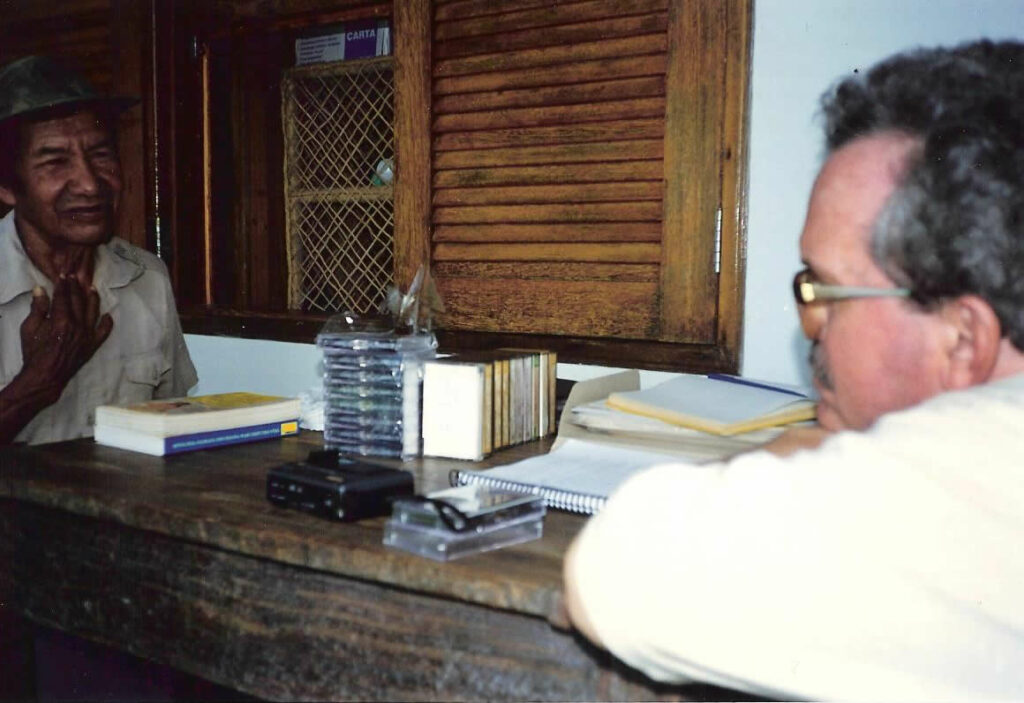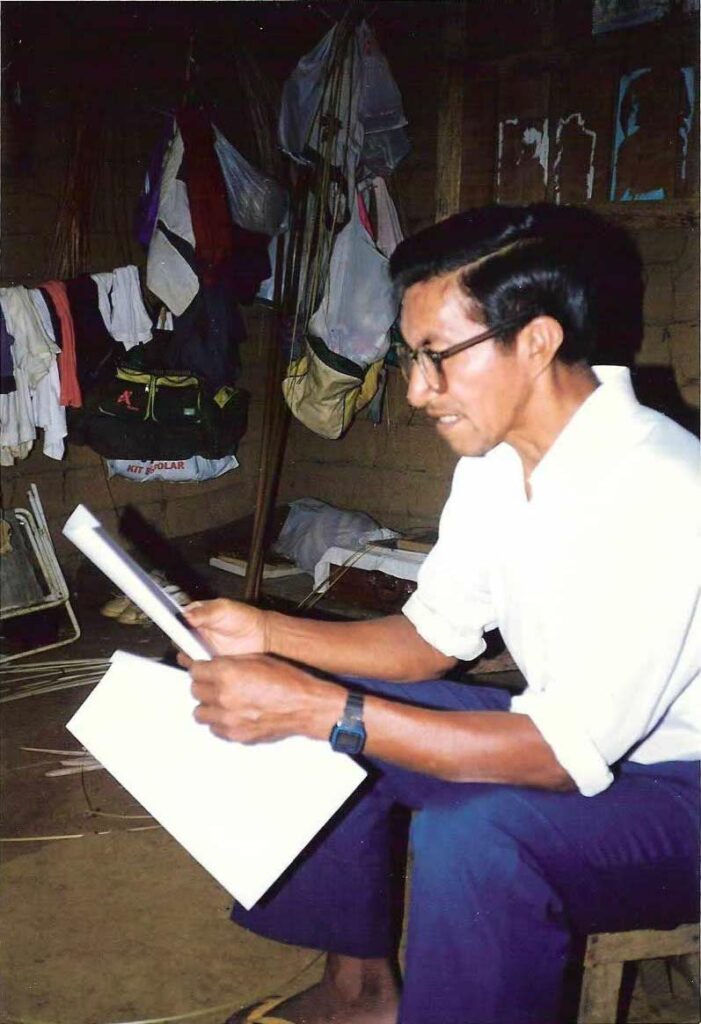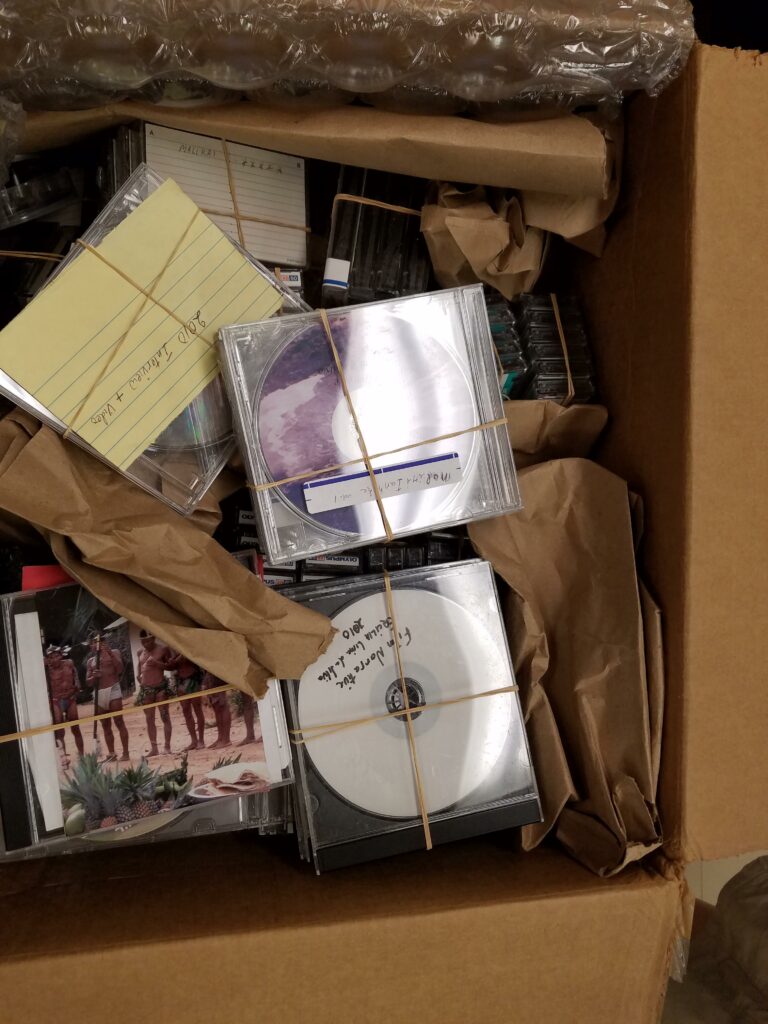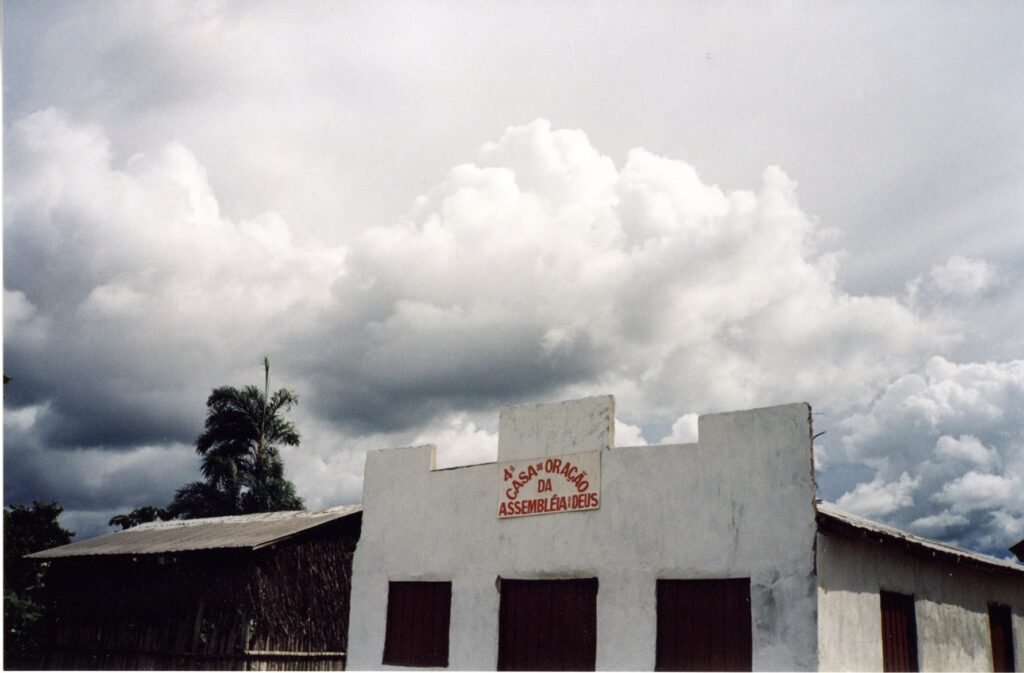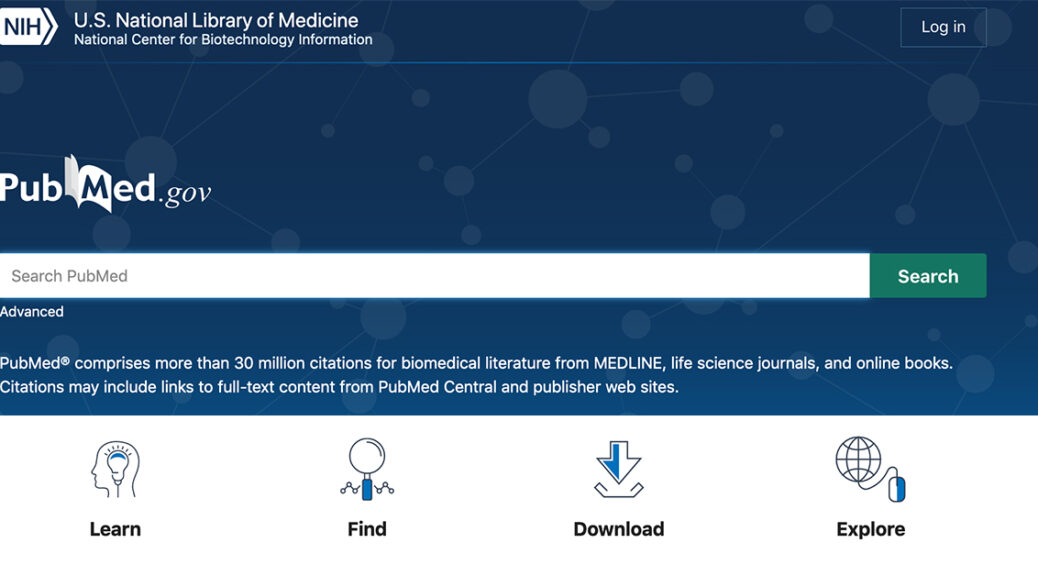by CAMILLE CARR
The Benson Rare Books Reading Room hosts a
student-curated exhibition, funded by an Archiving Black América–Black Diaspora Archive Acquisitions Grant
Spirit of Viche presents scenes of Black life and culture from the Colombian Pacific and features artistry from its four departments—Chocó, Cauca, Valle de Cauca, and Nariño. Its focal point is viche, an artisanal distilled sugarcane drink whose recipe has been passed down from enslaved African women to their descendants for centuries. Viche has medicinal properties, healing general ailments and aiding women during the process of childbirth. Viche is also deeply spiritual, constituting an integral component of everyday life for Black Colombian Pacific communities.
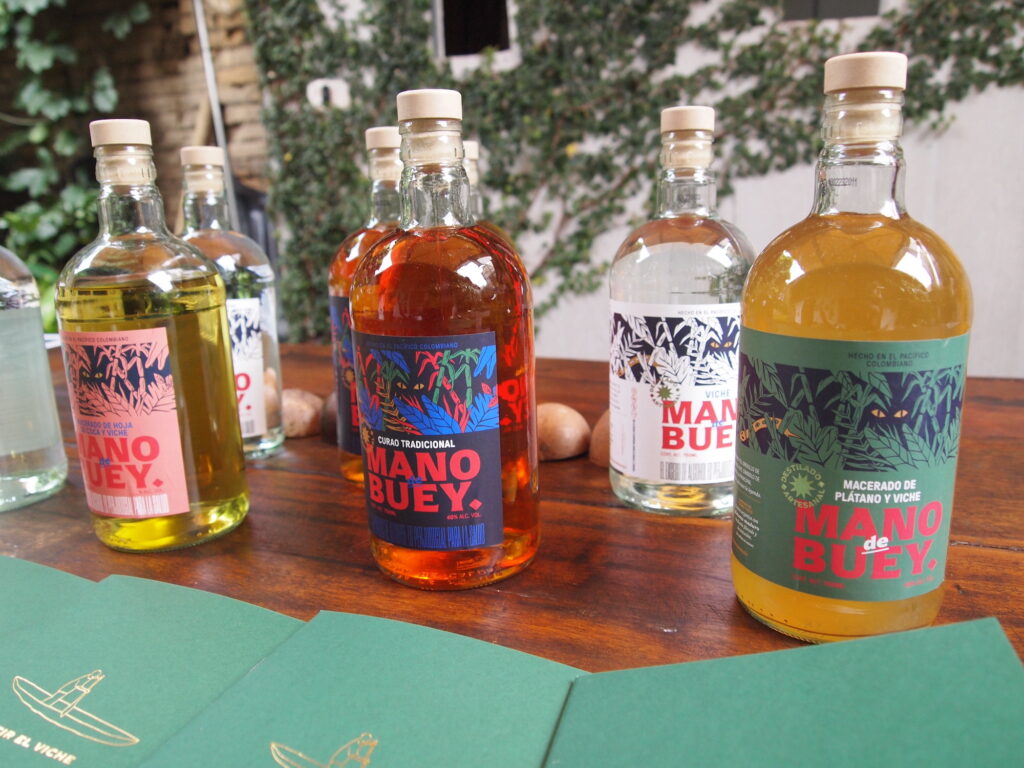
Join us on Feb. 29 for a special exhibition talk with student curator Camille Carr, LLILAS Director Adela Pineda Franco, and visiting scholar Dr. William Mina Aragón, Universidad de Cauca, and Biblioteca Afrocolombiana de las Ciencias Sociales at Universidad del Valle, Cali
Event information here
Black women have created viche from sugarcane for centuries, also producing derivates that are important in spiritual and traditional healing practices of the Colombian Pacific. The first step in the artisanal process involves harvesting sugarcane along rivers and grinding it using a mill called a trapiche. Once ground, the sugarcane stalks release a juice called guarapo, which is fermented and distilled for up to three months. During the distillation process, guarapo is cooked over an open flame until it becomes transparent, resulting in viche puro. Viche makers, or vicheras, then infuse the drink with local herbs, fruits, and spices to create the traditional derivates of viche, known as viche curado and tomaseca. Black Pacific communities use viche curado to heal general ailments and tomaseca to aid women with menstruation, reproduction, and childbirth. As a spiritual and medicinal drink, viche functions as an ancestral technology for Black survival.
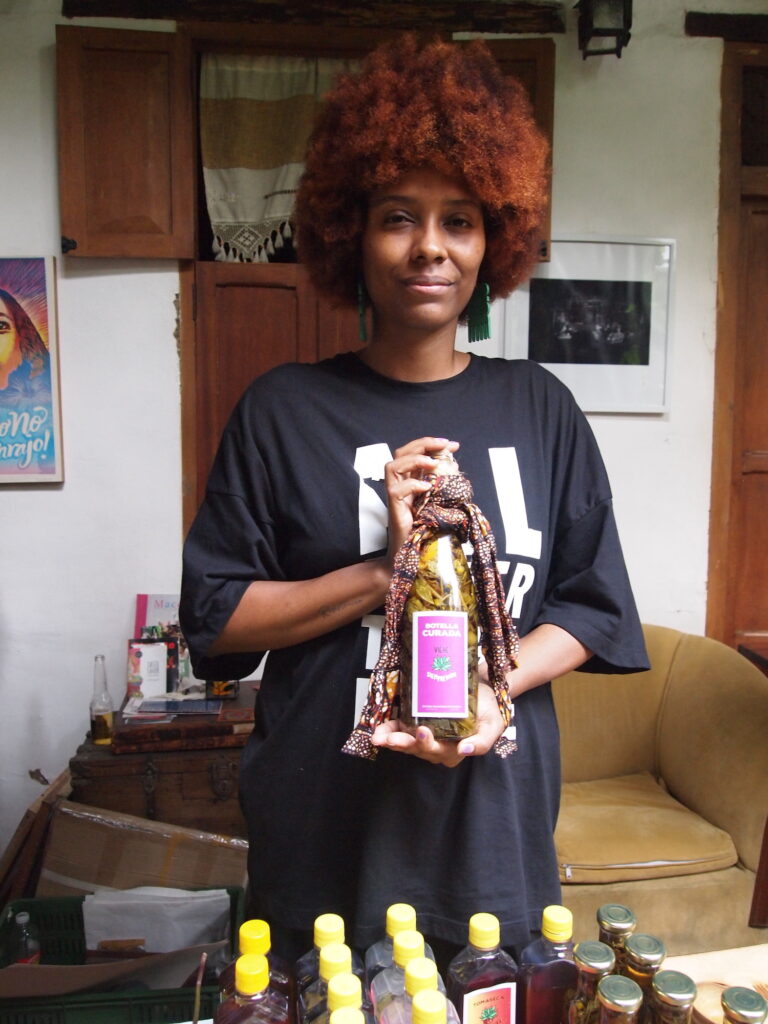
In November 2021, the Ley del Viche (Viche Law) recognized viche as the patrimonial beverage of Black Pacific communities and permitted its commercialization. Presently, vicheras/os aim to protect the drink from cooptation by people outside the Pacific who wish to profit from the efforts of Black communities. With that in mind, this exhibit endeavors to recognize and reiterate this ancestral craft as a practice original to Black Colombian women and their communities.
The materials on display were collected in 2023 by LLILAS master’s student Camille Carr as part of the inaugural Archiving Black América-Black Diaspora Archive Acquisitions Award. The award allowed Carr to conduct ethnographic fieldwork in Cali, the center of Black life and culture in the Pacific region, and build a small archival collection that includes print media, photographs, bottles of viche, artworks, and other materials.
The acquisition of these materials reinforces the Black Diaspora Archive’s mission to document Blackness in the Americas and reifies the presence of Black Colombian culture within the Benson Latin American Collection.
This exhibition was curated by Camille Carr (MA ’24) in collaboration with Benson Exhibitions Curator Veronica Valarino.

